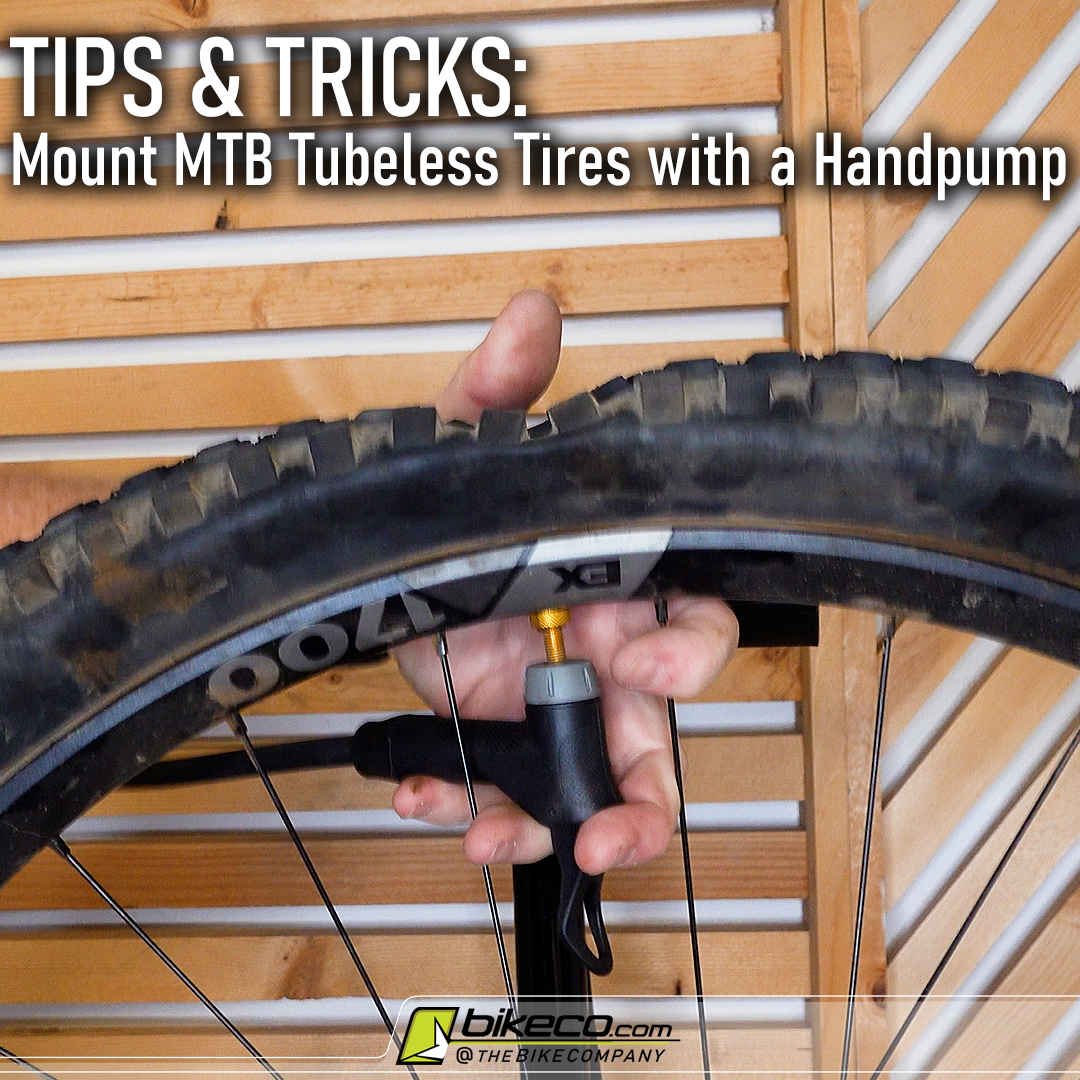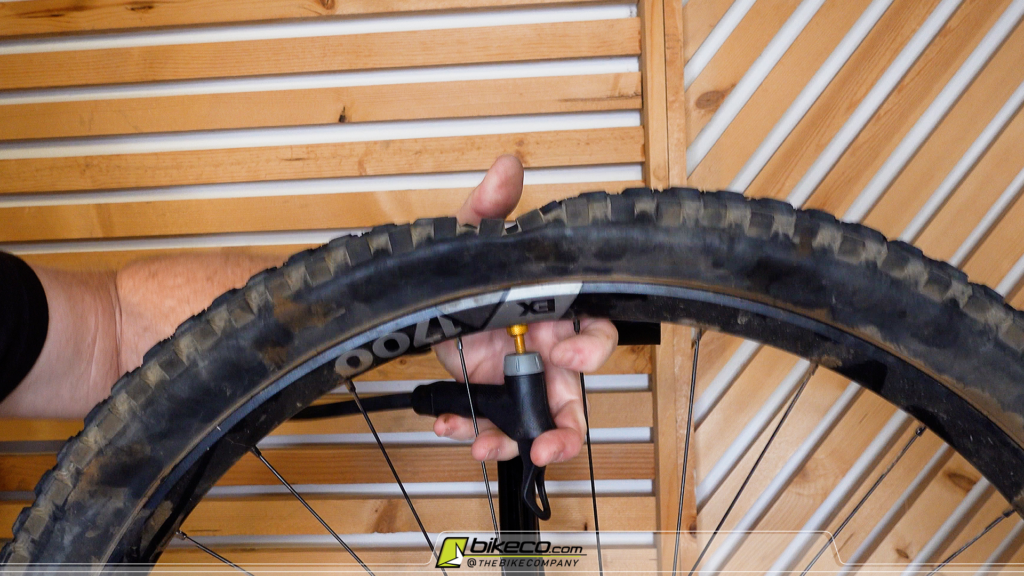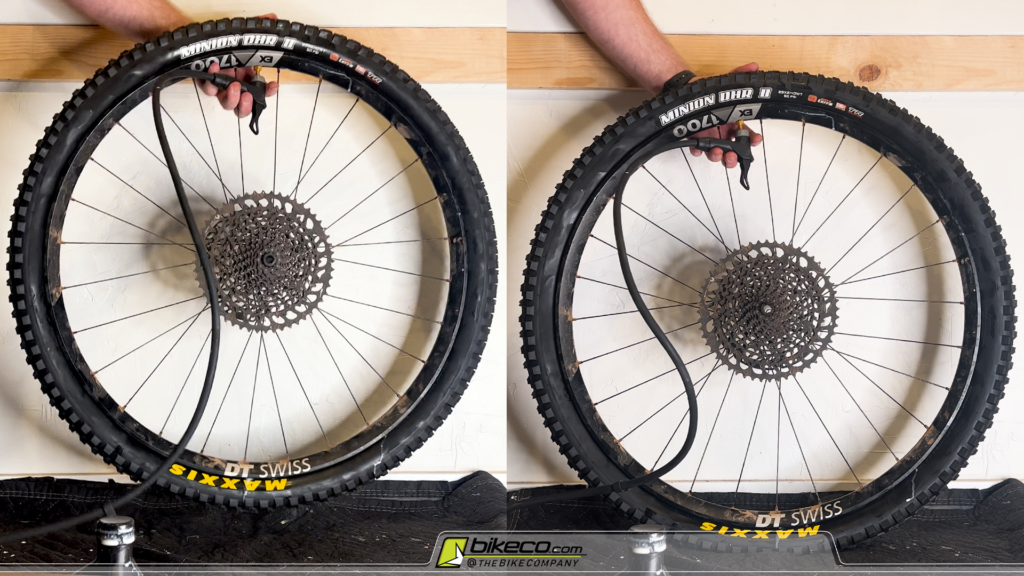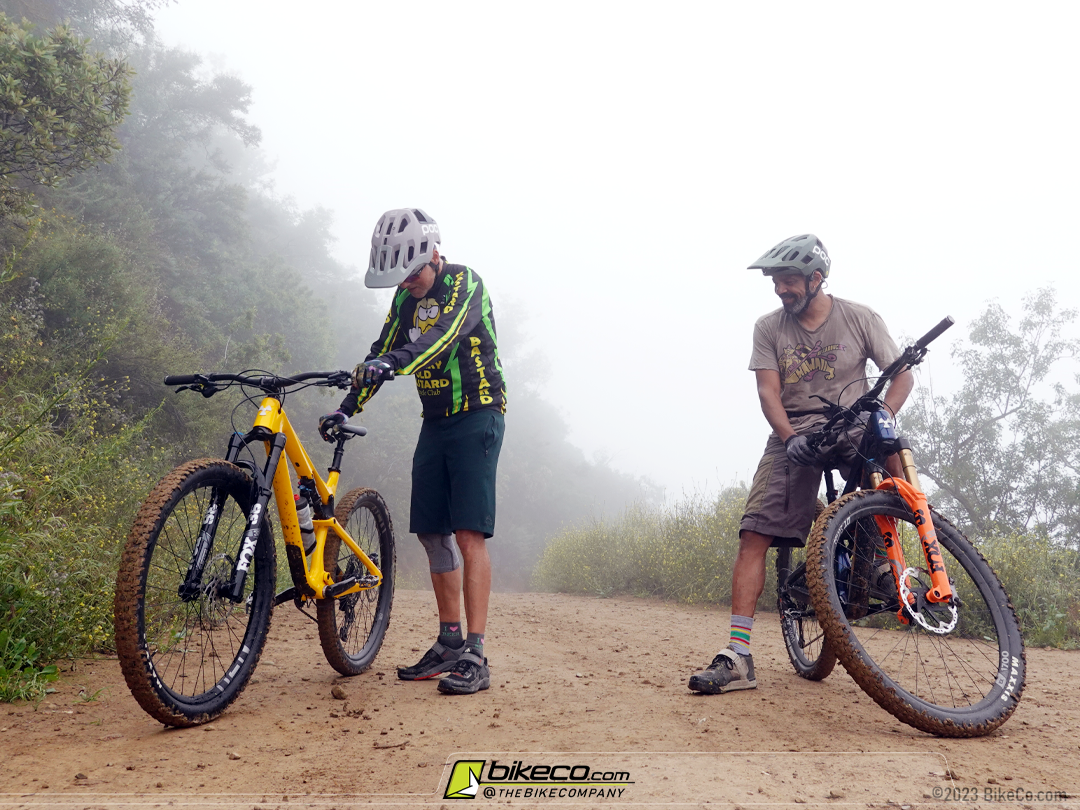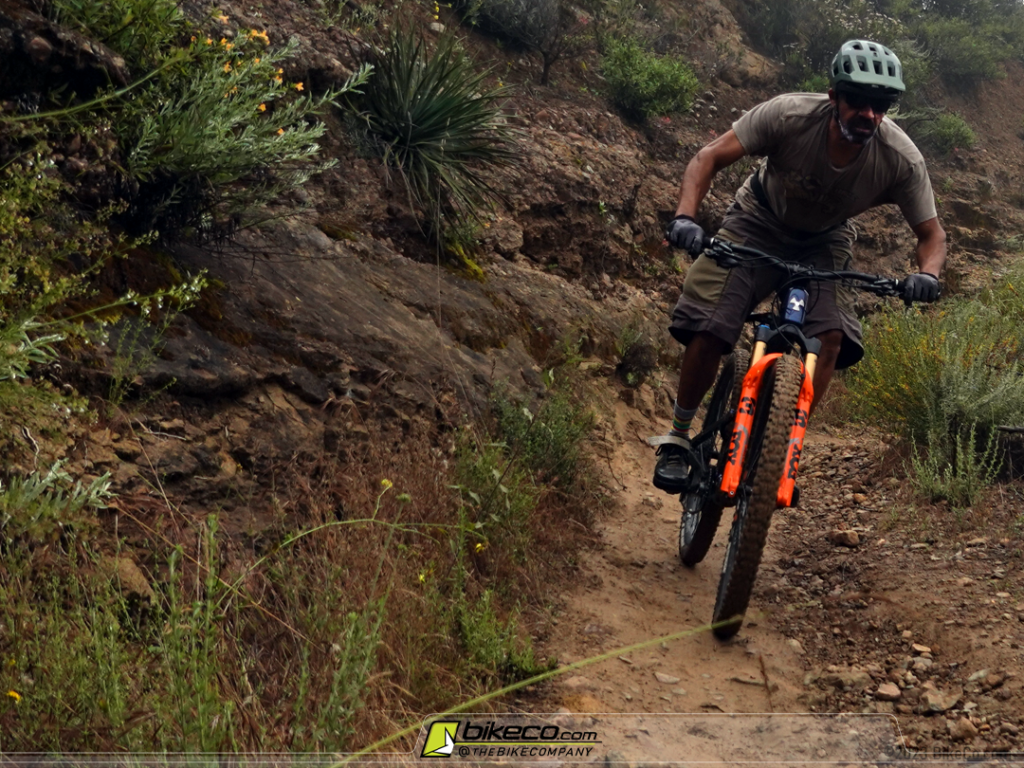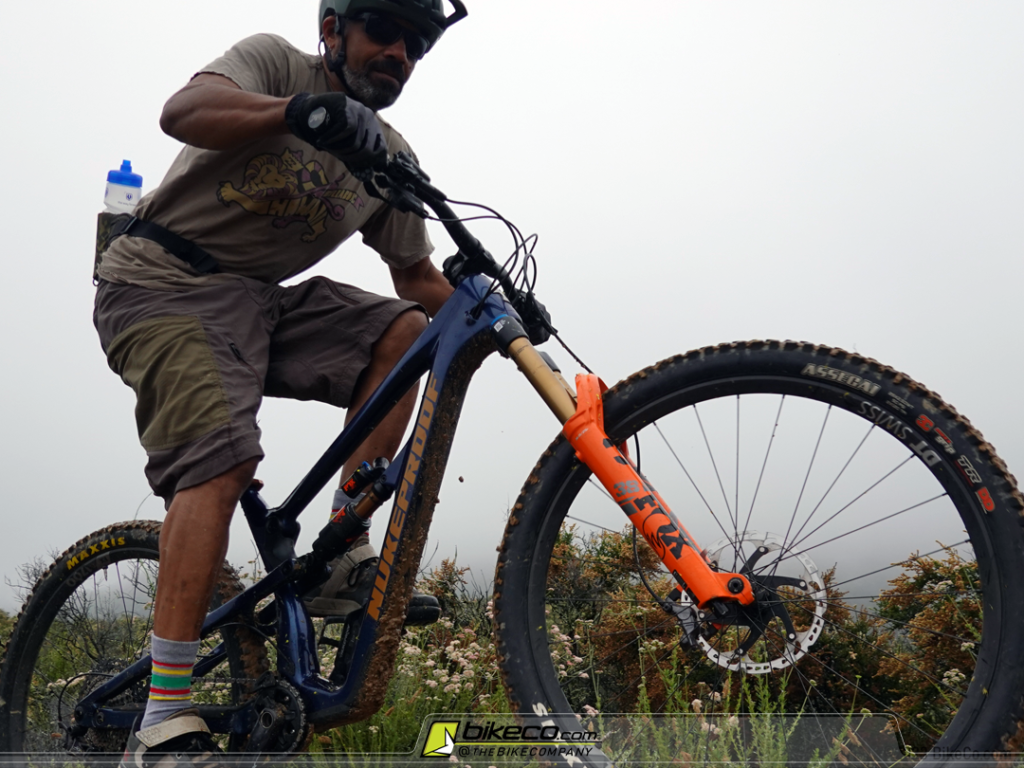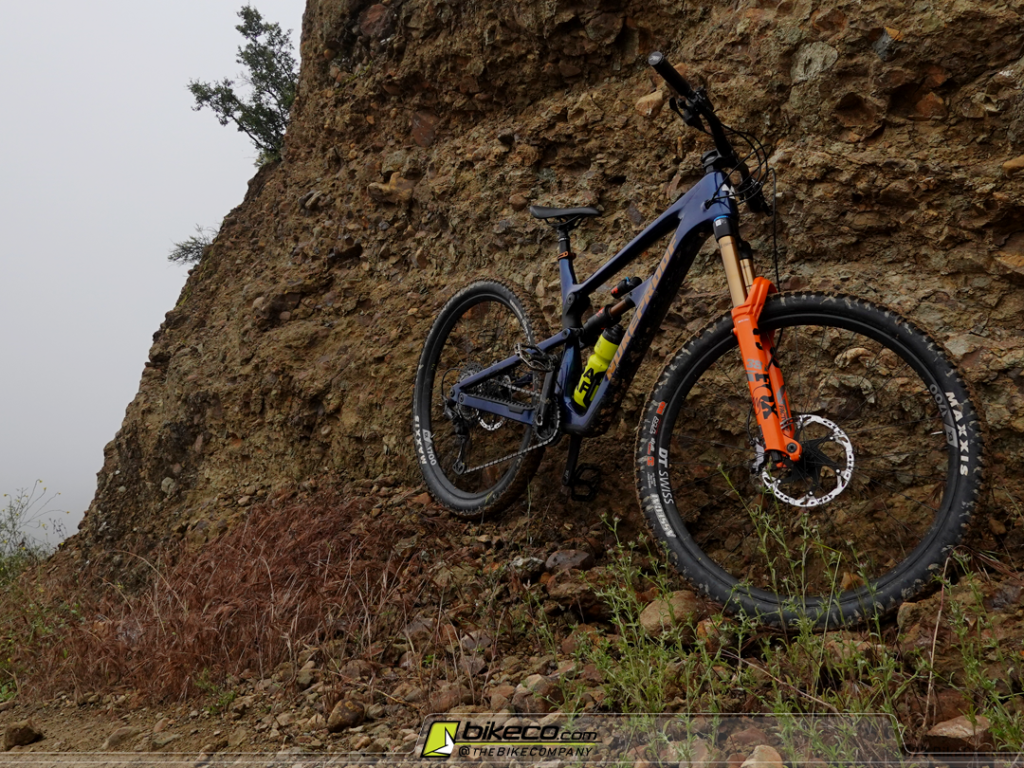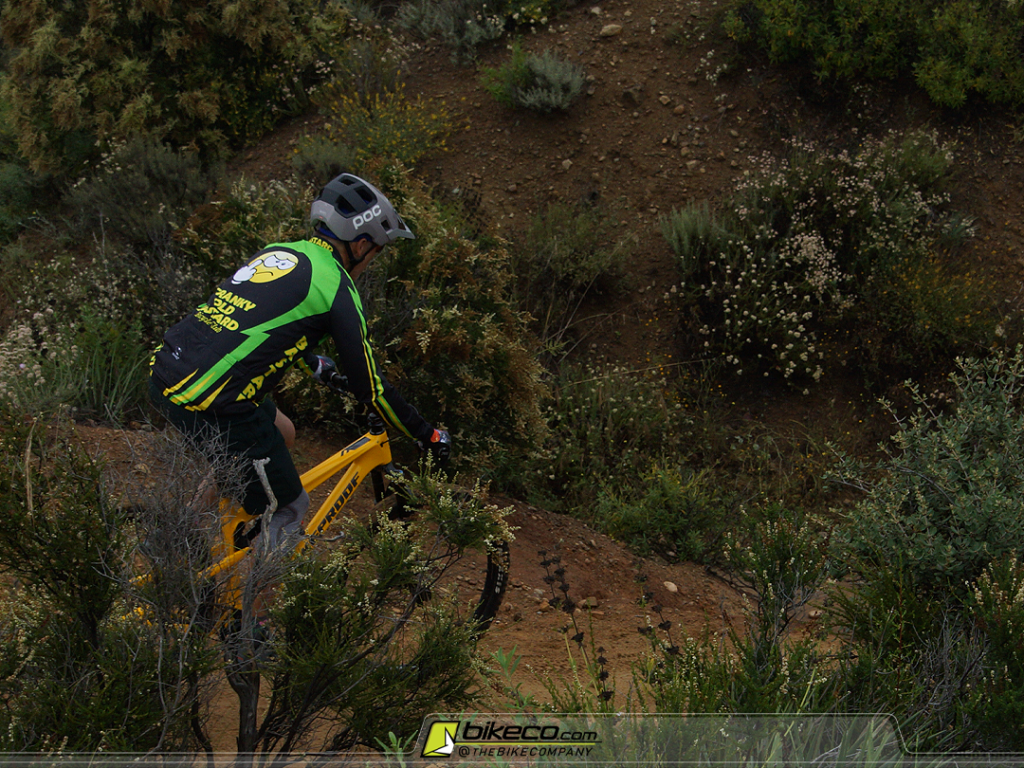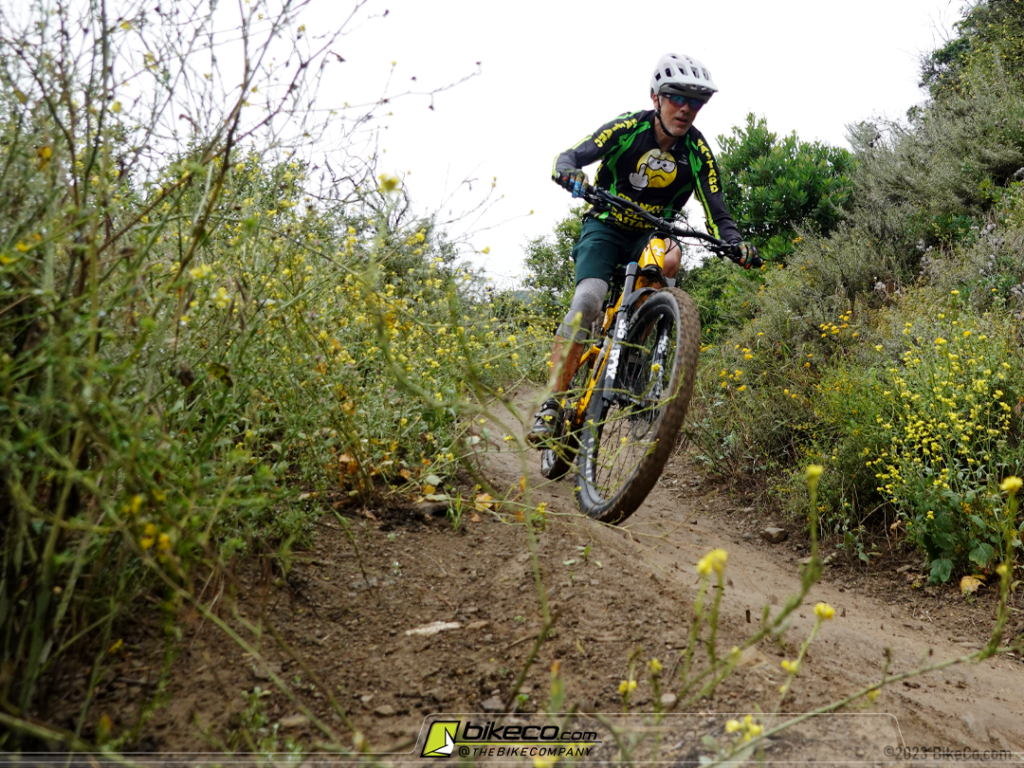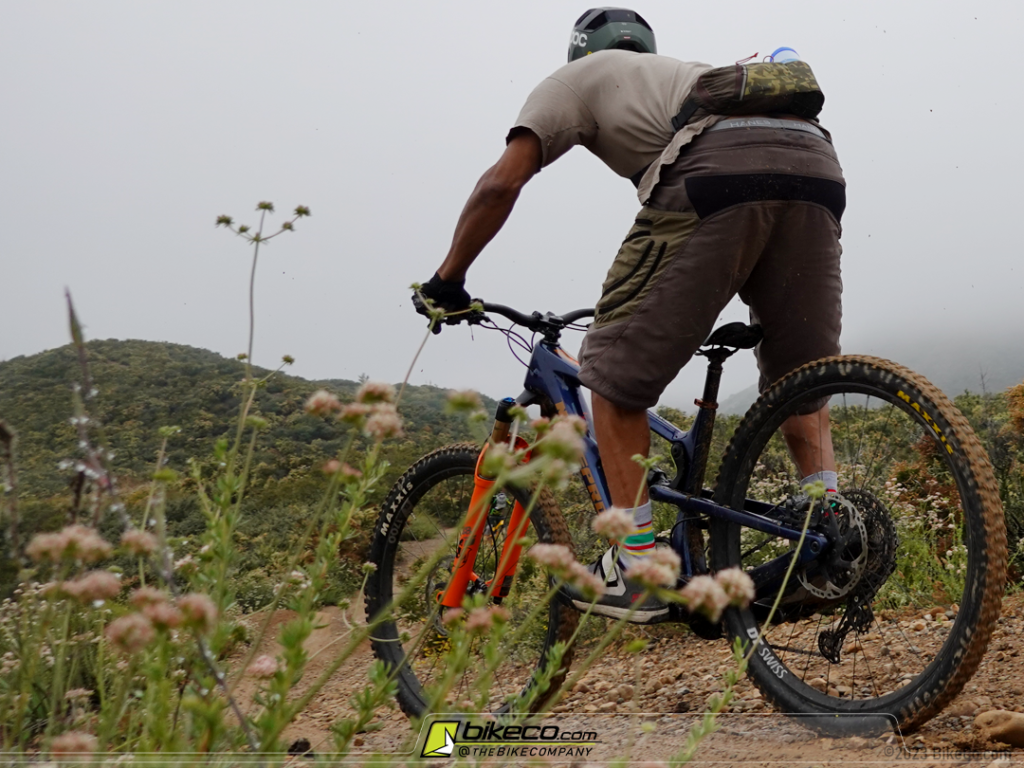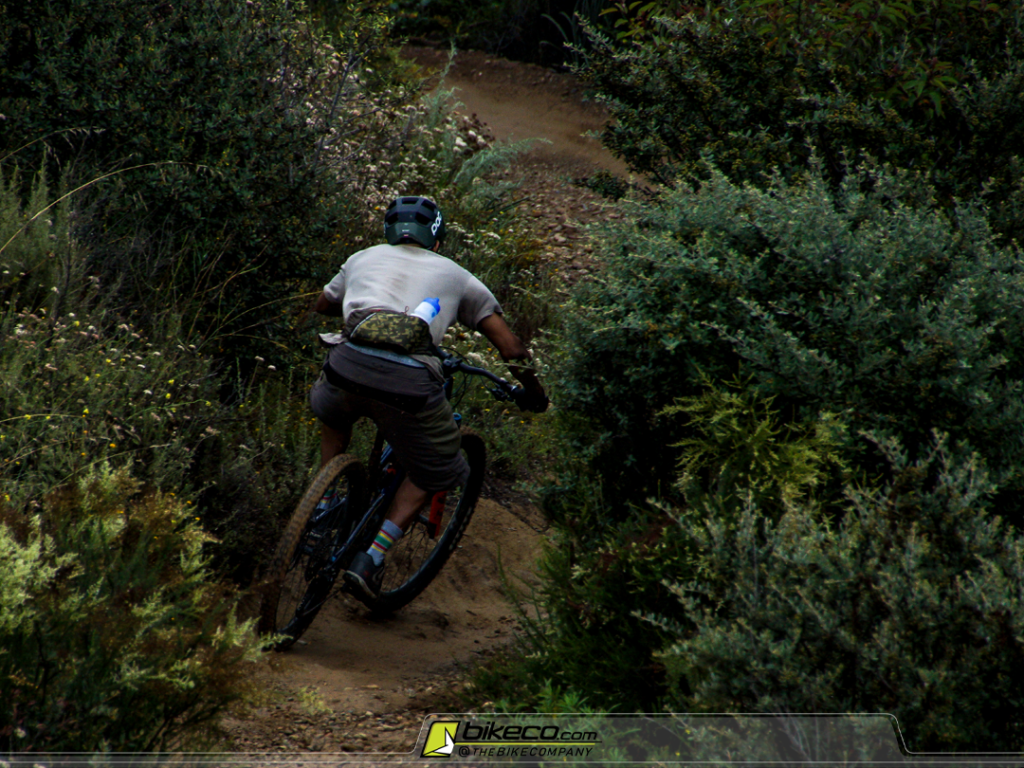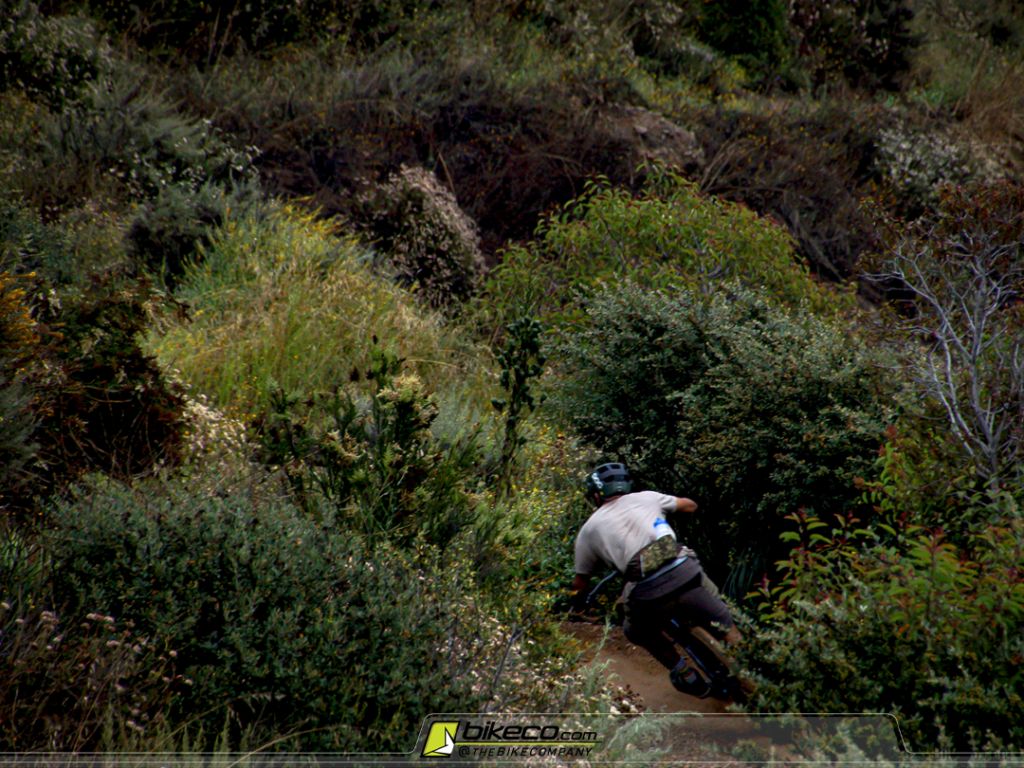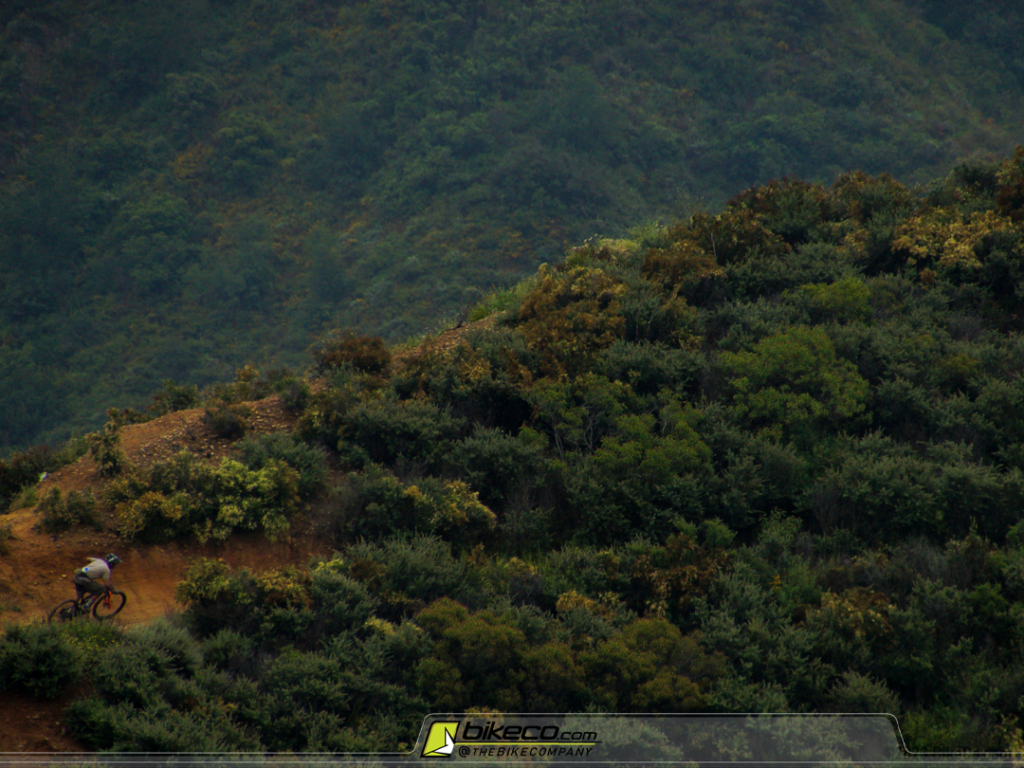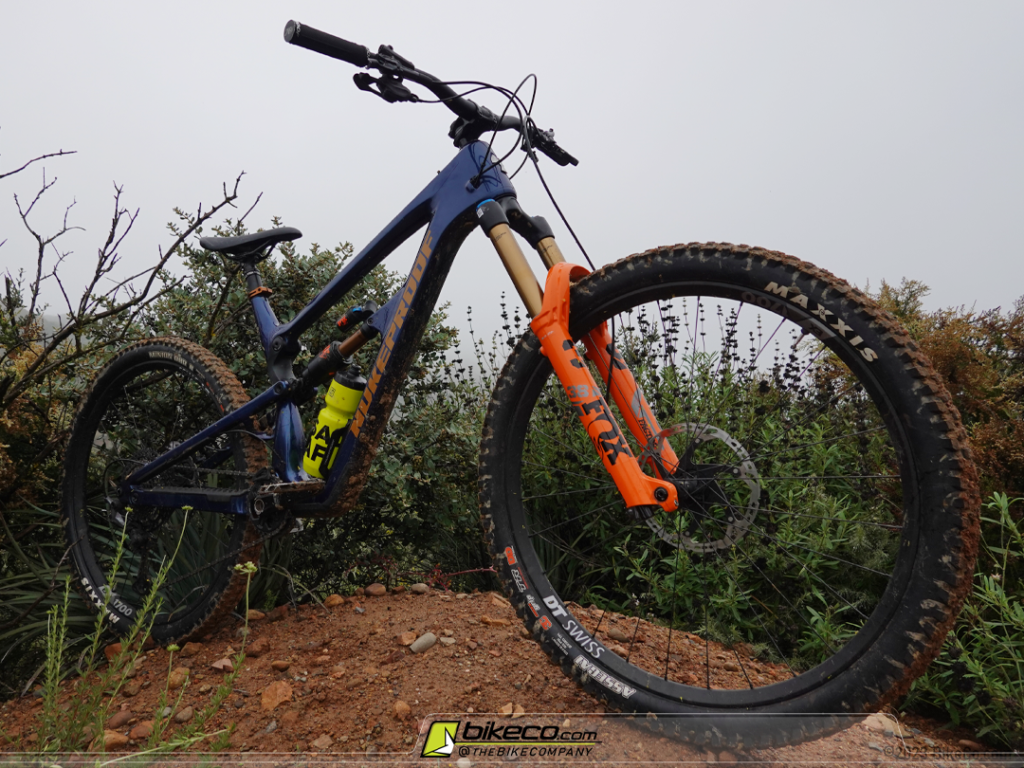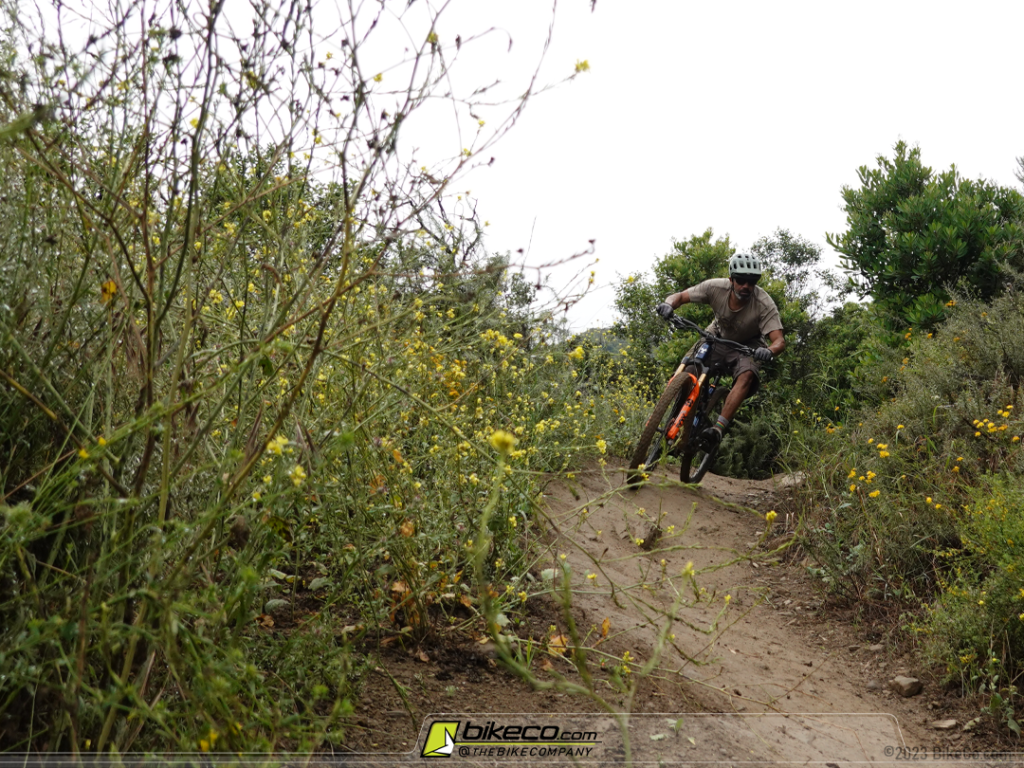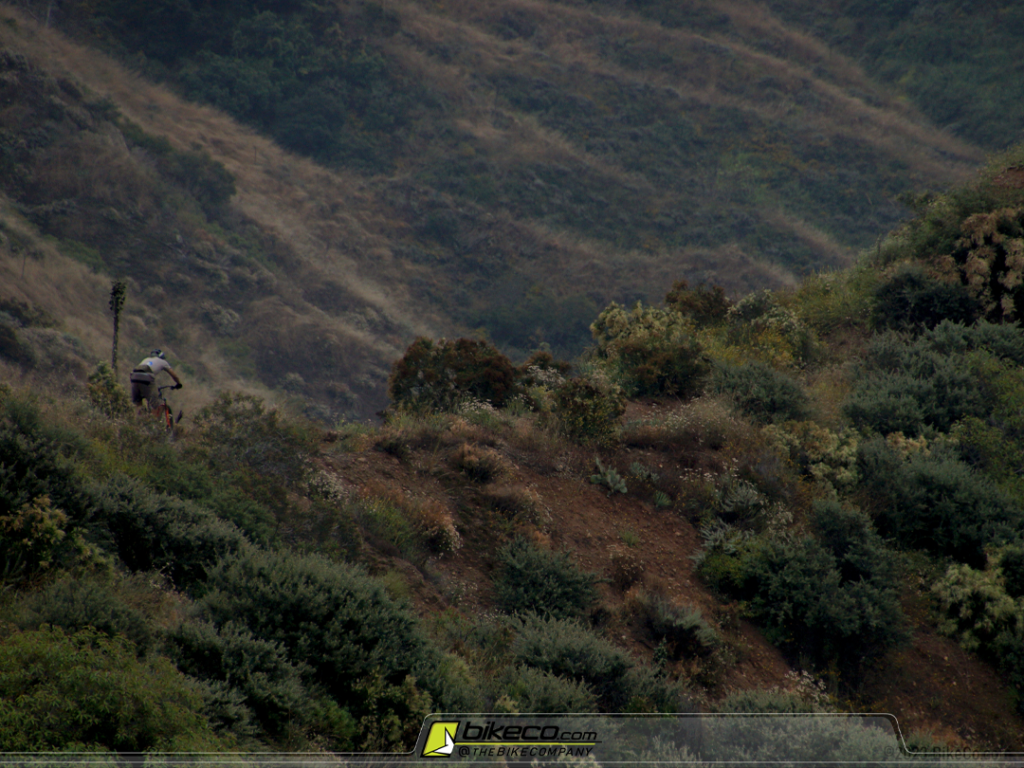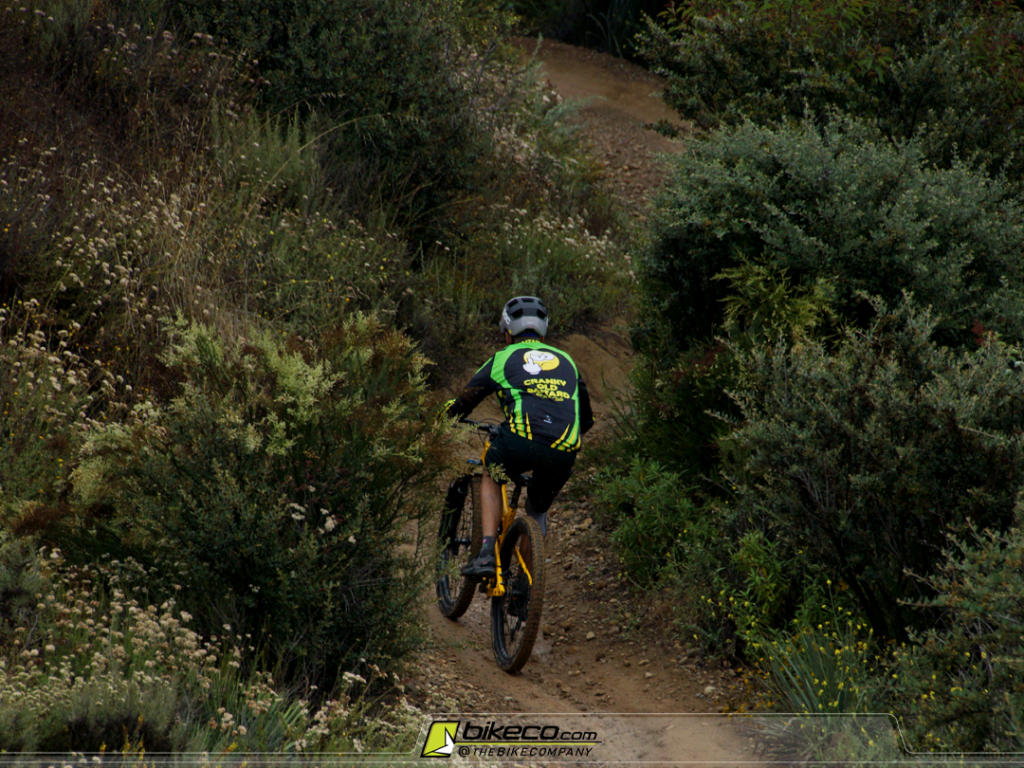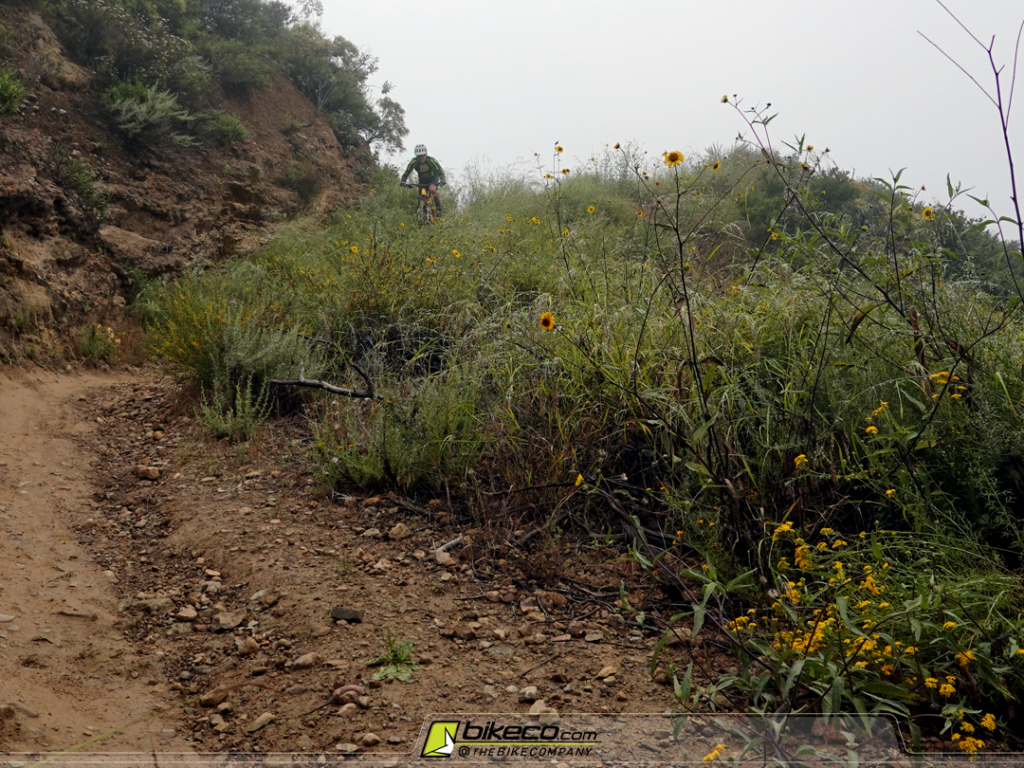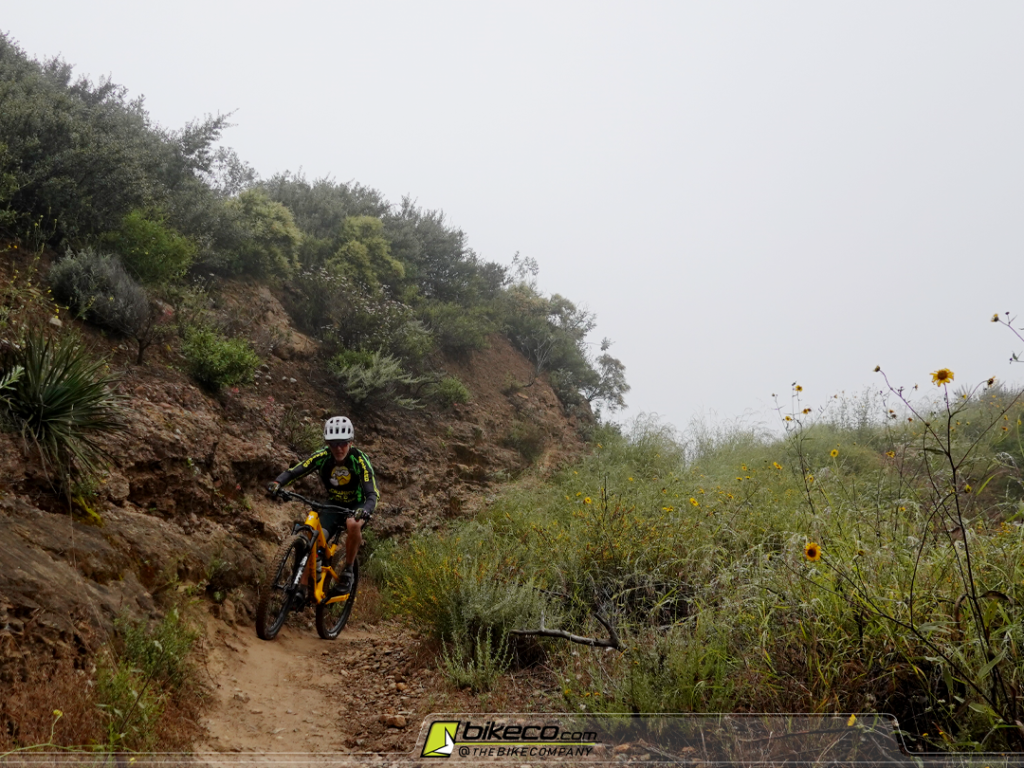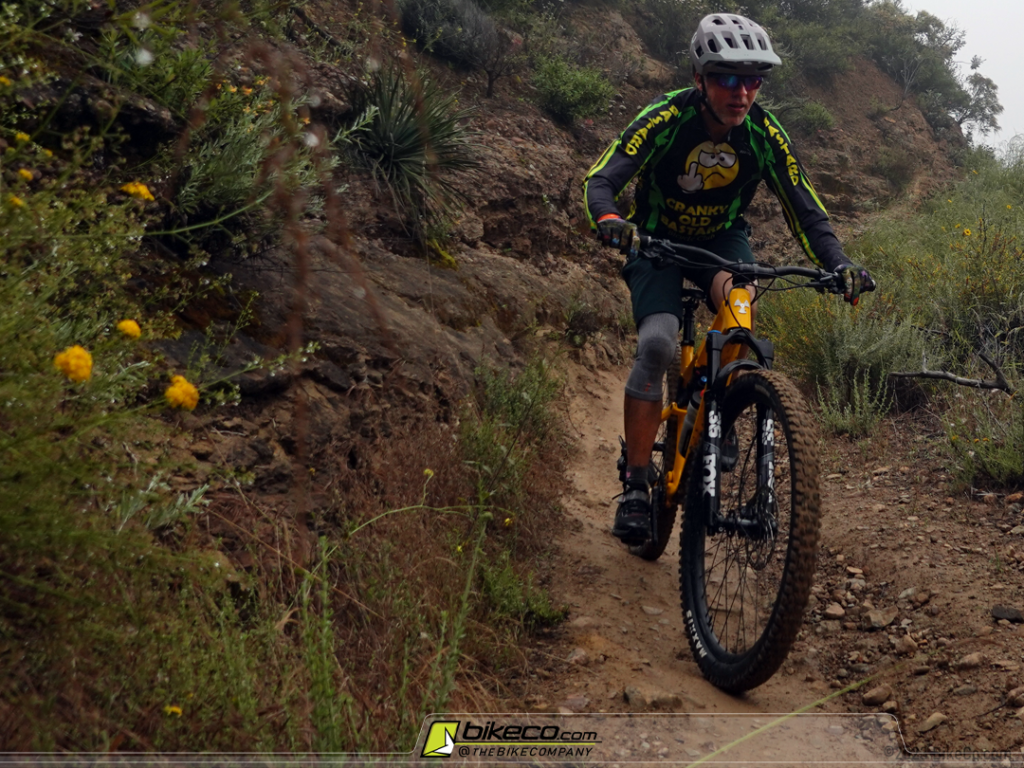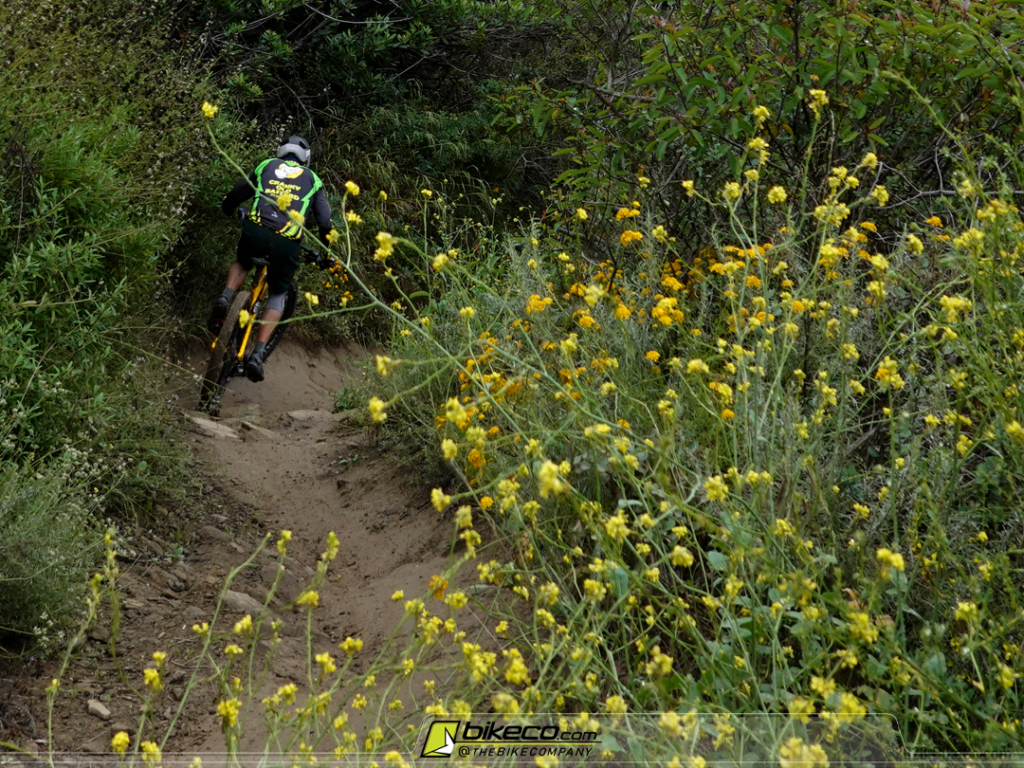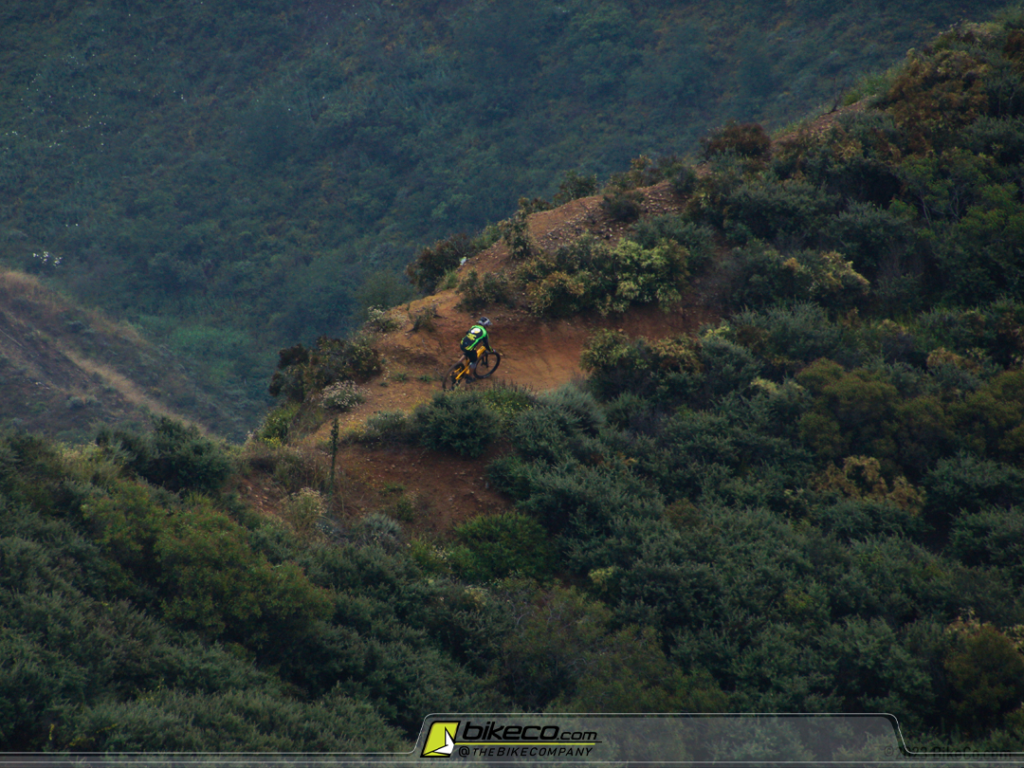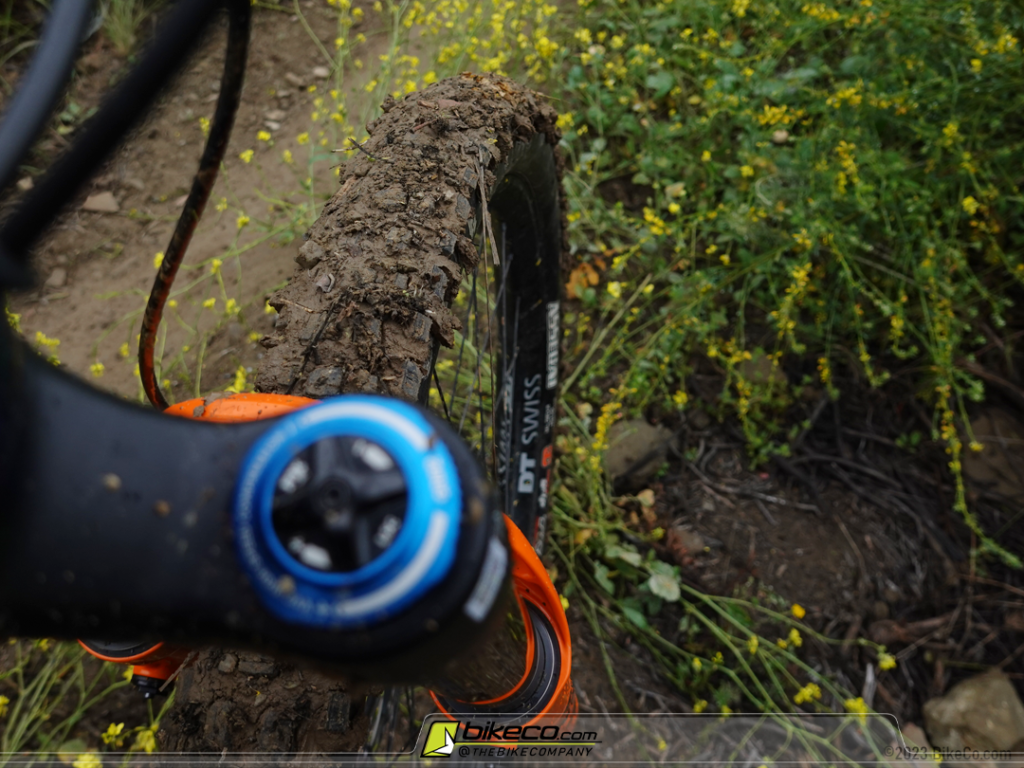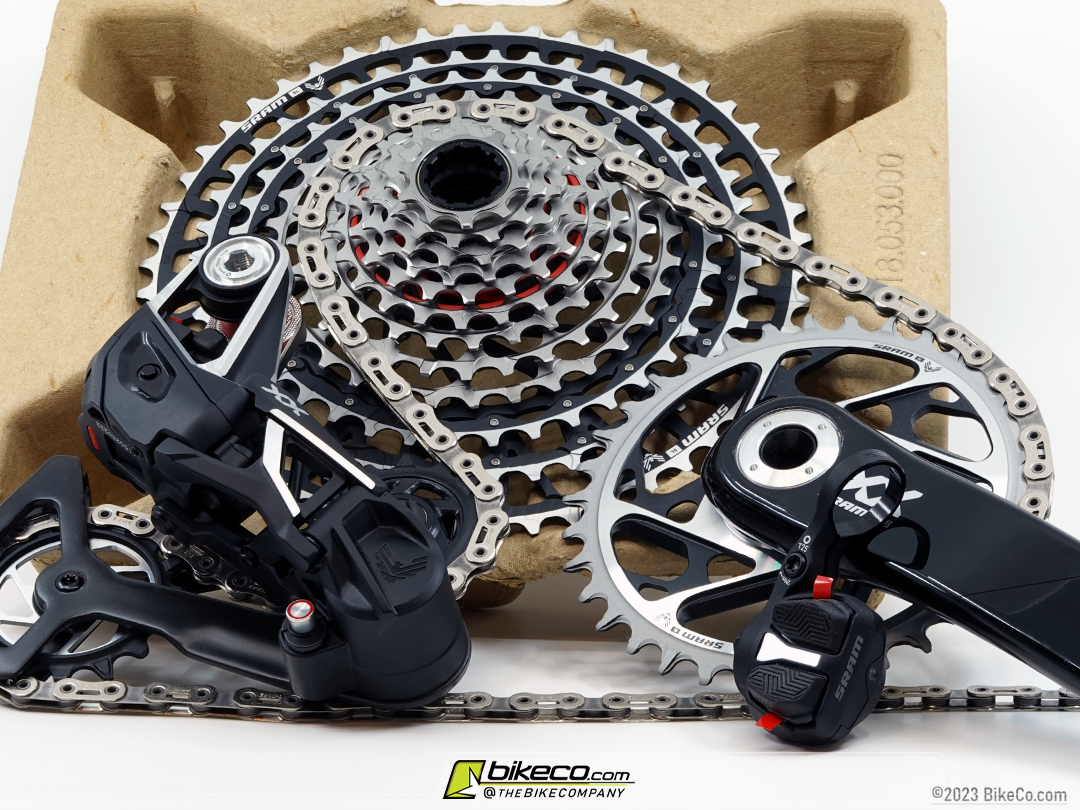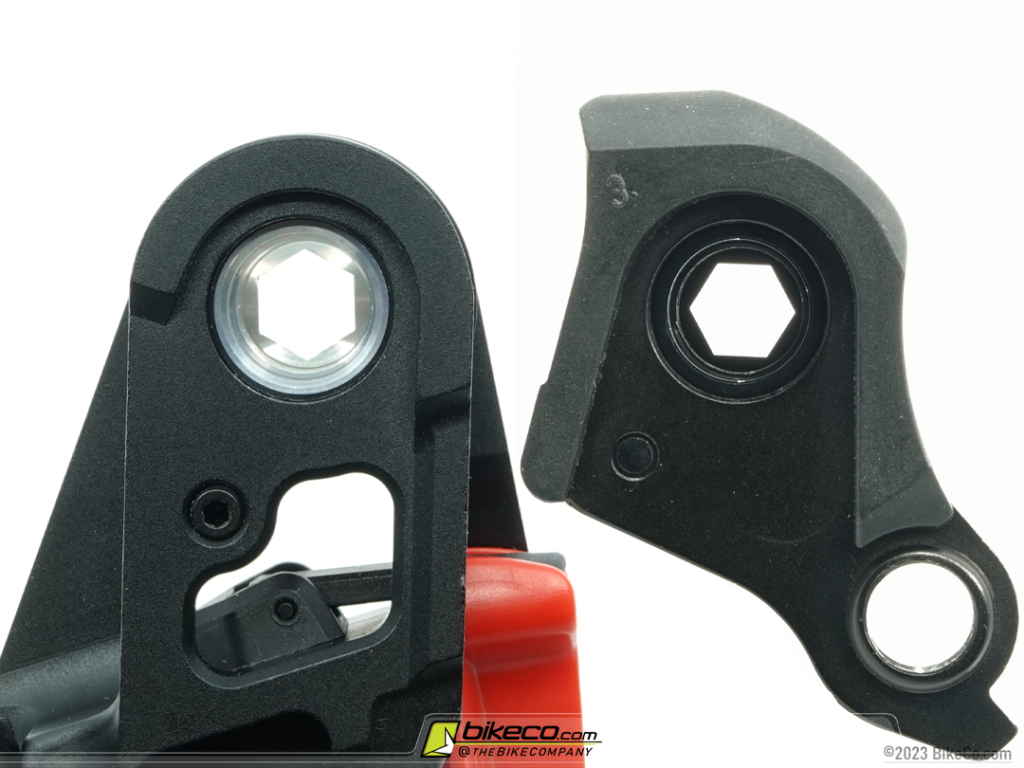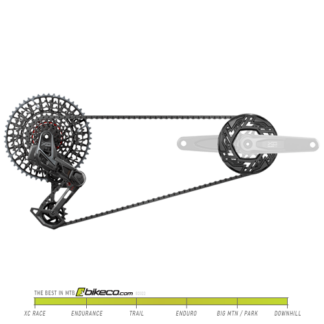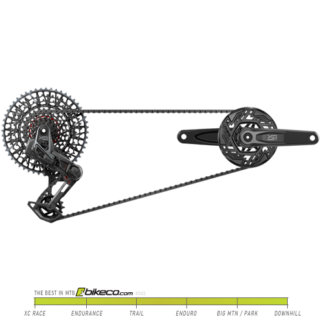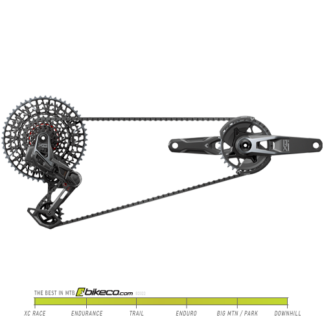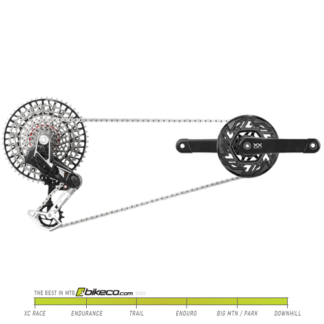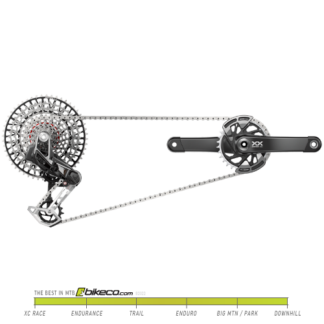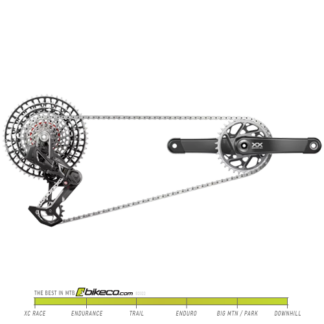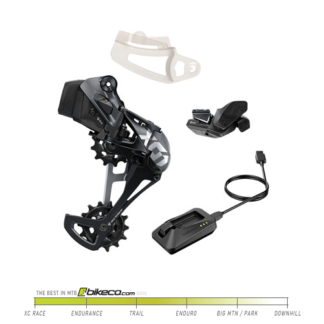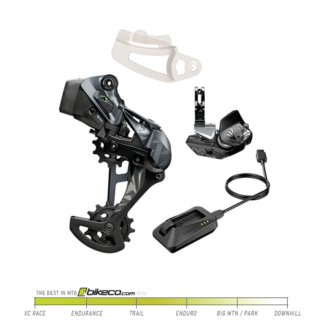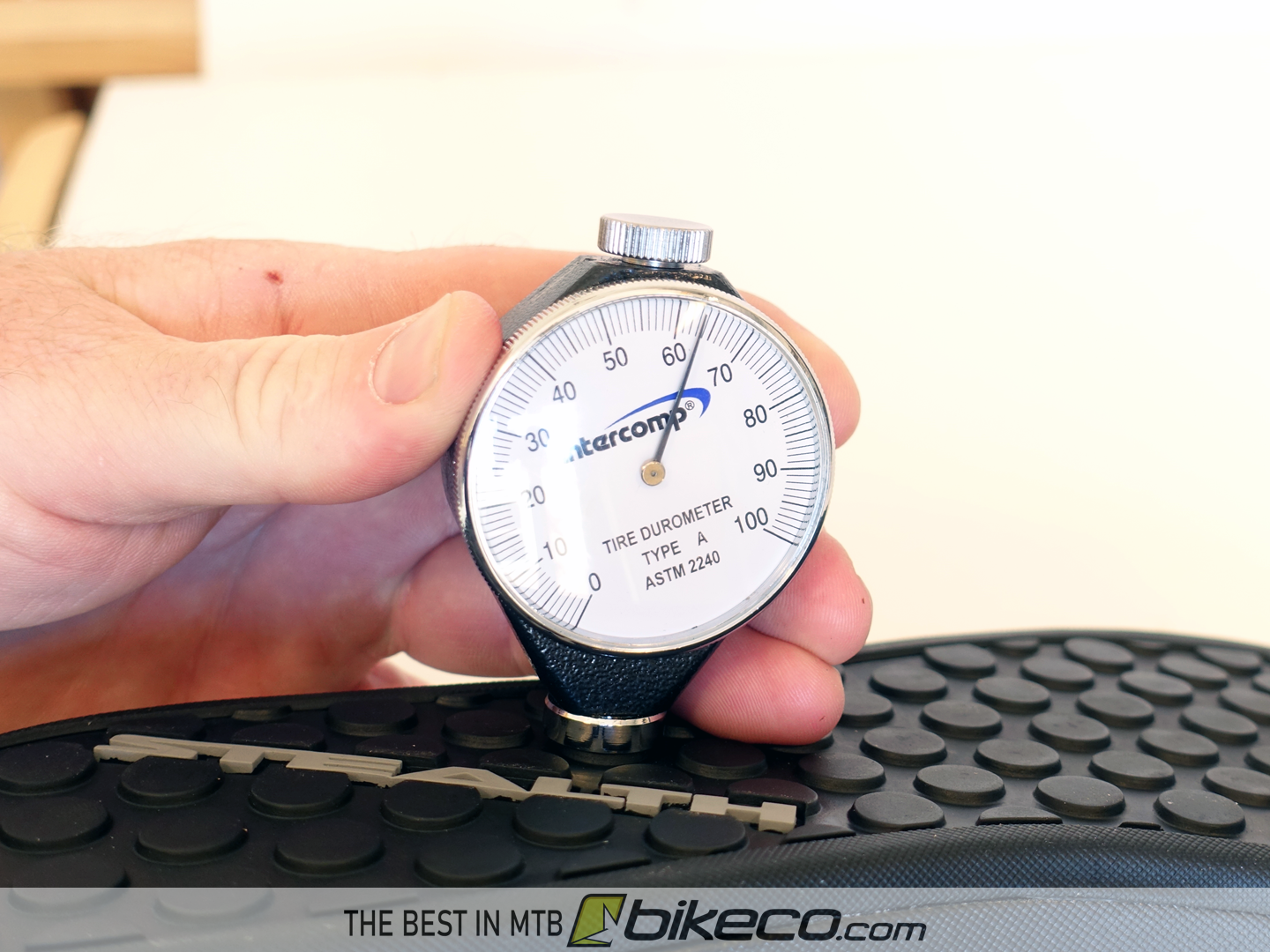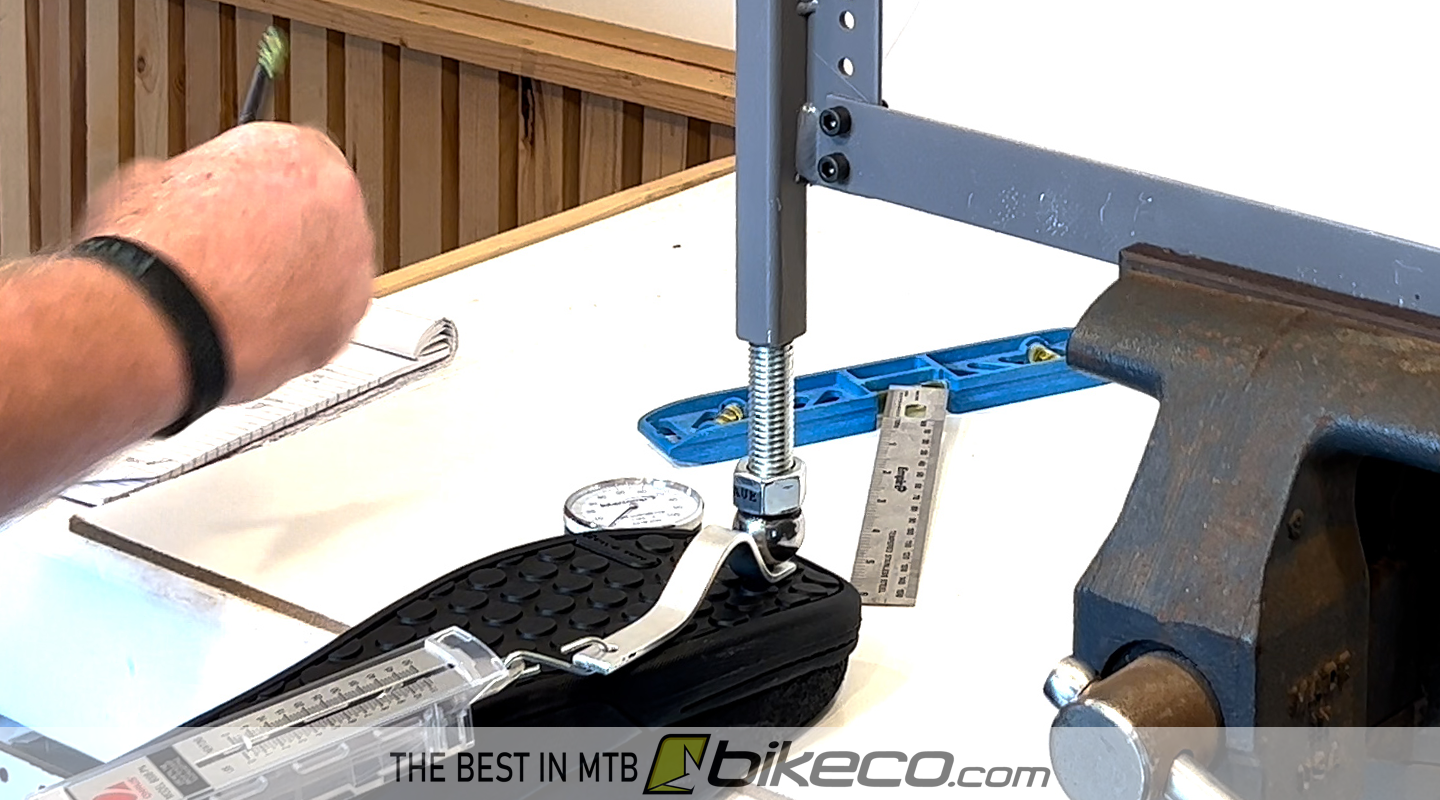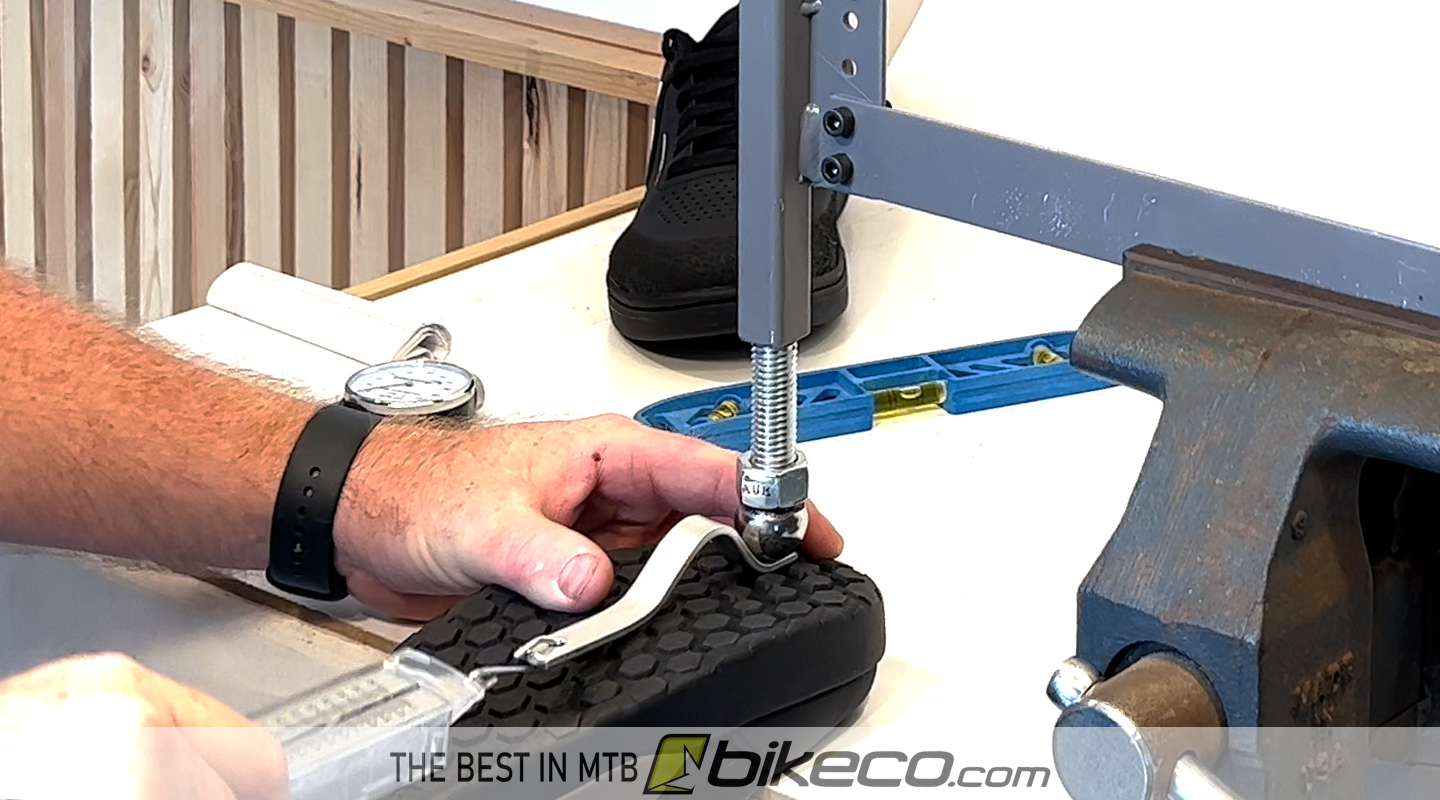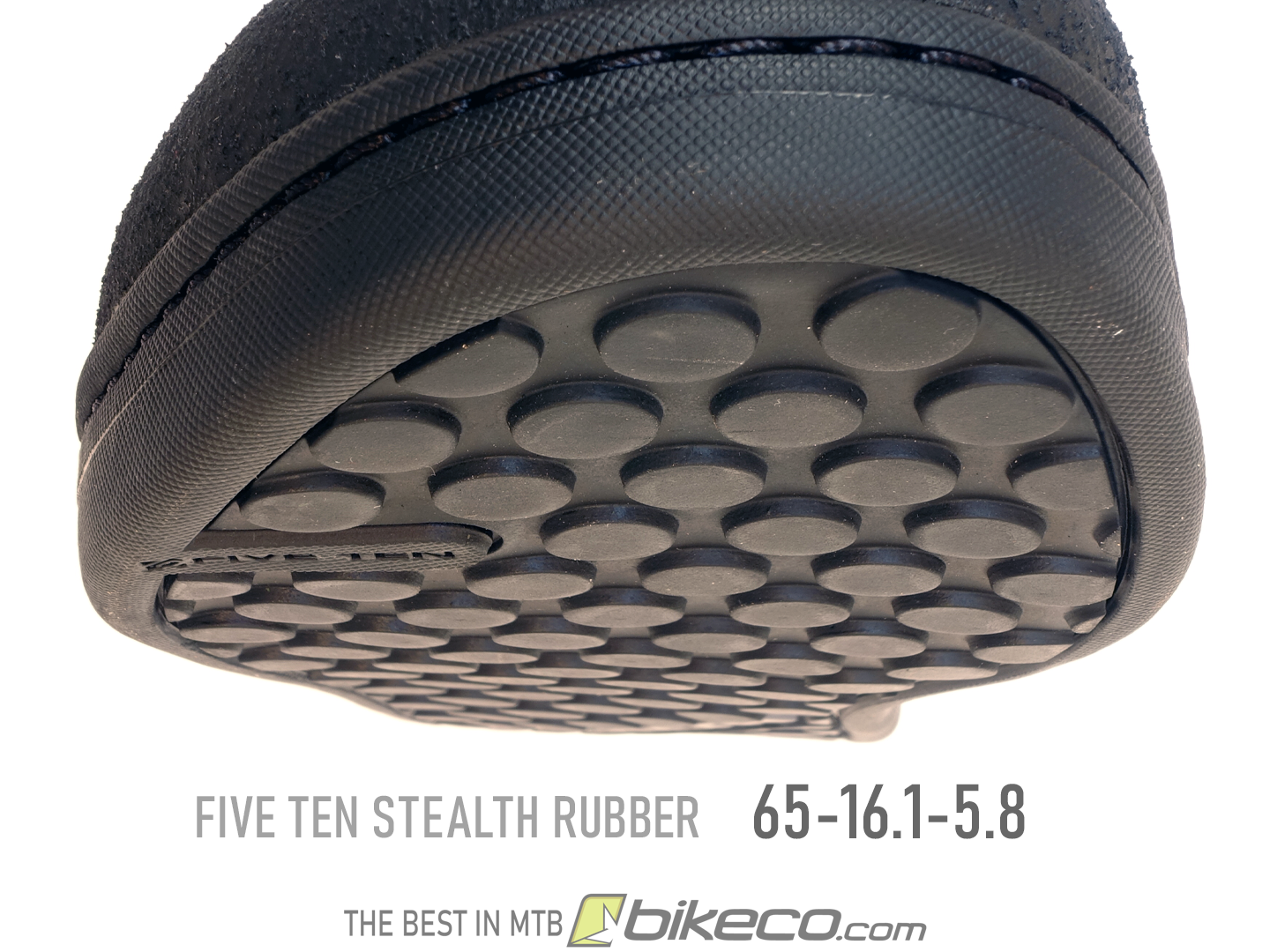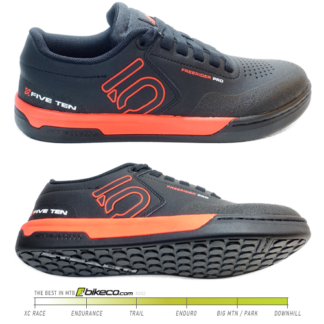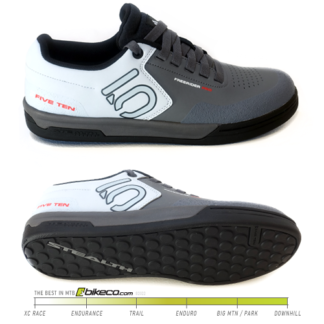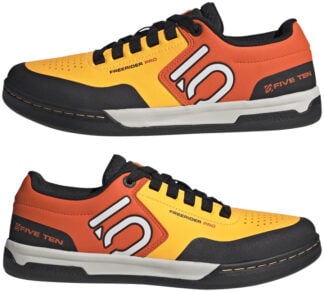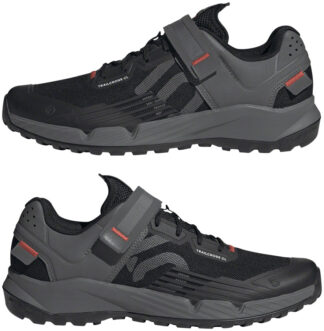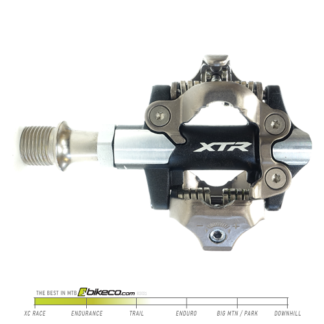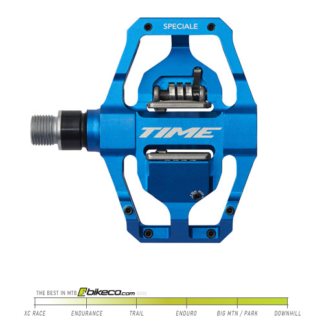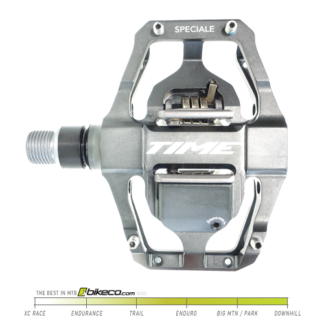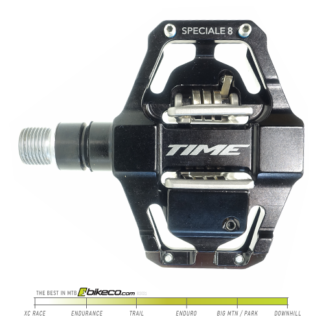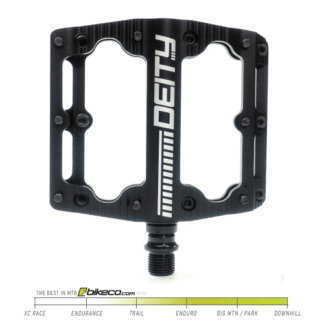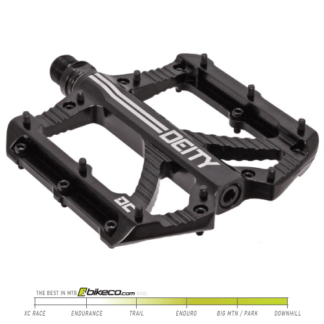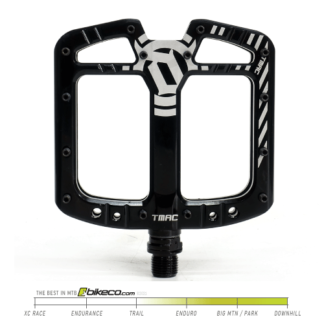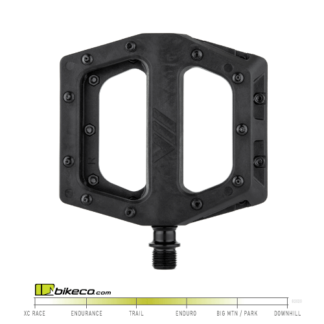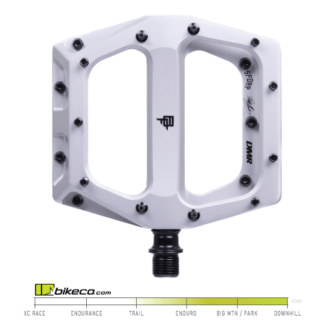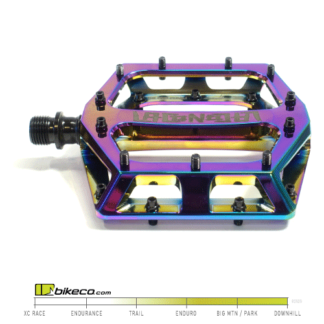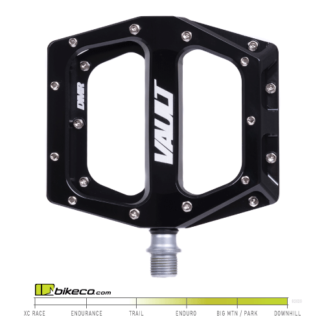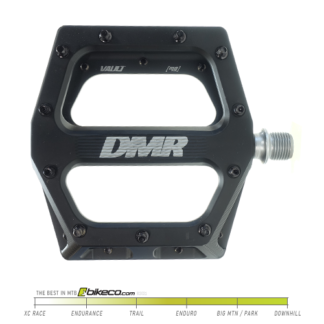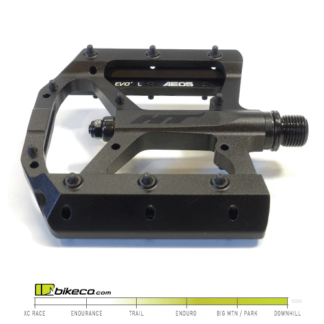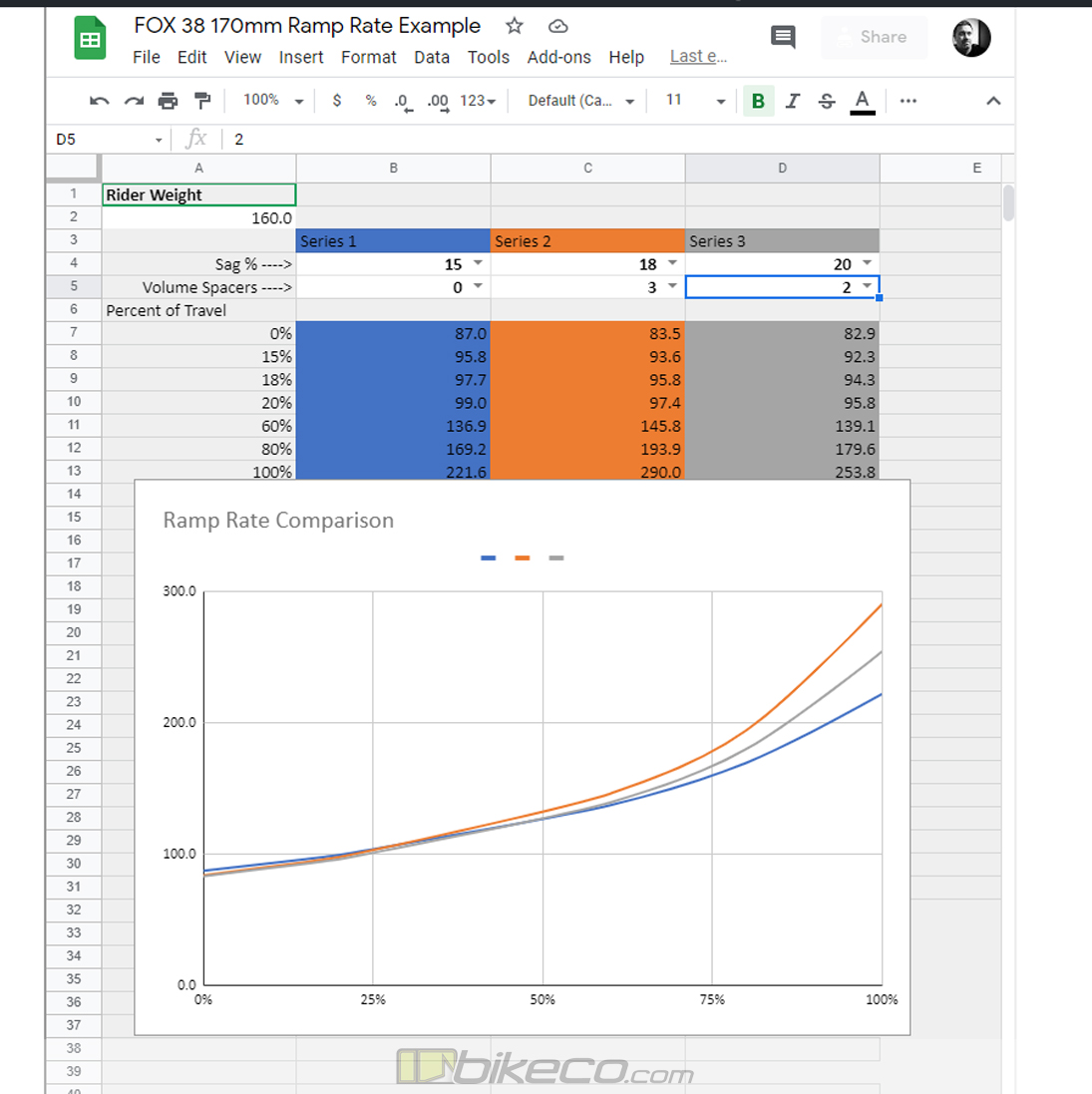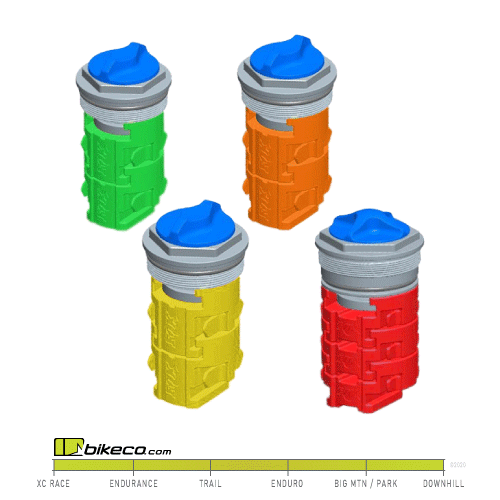More About Ramp Rate Comparison
Did you see how the ramp rates vary depending on setup? Some changes and the series are very close to each other, while other changes make large swings.
That’s why its’ important to have some basic ideas, or access to a team to help you determine what your suspension is actually doing versus what you’d like it to be doing.
Each point on these graphs represents an “instant” as the air suspension is either rebounding to extension or continuing compression based on load. Understanding the ramp rate will help you fine tune suspension, particularly on components without compression controls.
Forks and shocks with compression controls offer another level of performance hydraulically damping (slowing) the shaft input adding resistance with the air spring. Understanding how to setup compression to balance small bump compliance, mid-stroke support and bottom out can make a big difference in the direction your setup takes.
What Does Ramp Rate Change
How much pressure your suspension produces effects support. Without enough support (too low of PSI) the suspension will sit too deep “eating” up more suspension travel then required by the terrain. Too much support tends to produce a harsh ride as the bike skips across trail.
Ramp Rate effects bottom out and total amount of travel used. With too little air pressure to resist the compression riders suffer hard bottom out, excessive dive, etc. Too much pressure will limit amount of available travel. Remember to mentally review your ride when you compare travel – just because you have the travel doesn’t mean you’re always going to use it. Riding in steep terrain or smooth lines often use less travel than say, slamming straight into a curb.
Using this graph you will have an idea of changes available to you with ramp rate. If the bike “is close” minor sag or volume spacing differences may help with the dial in along with using compression controls if available. If you need larger changes this graph can help you visualize directions that will make bigger impacts.
Other Factors on Setup
So you’ve got your sag, volume spacing and compression pretty good, or even really good in portions of the travel. But, you’re still struggling to really get that “dial in”?
There are other factors to consider, and frankly few “magic bullet” options. Let’s look at some of the common culprits.
Poor Small Bump Compliance
Too much air pressure for your ground speeds is a common cause of a bike skipping across the trail. Tip-toeing down trail tends to be hard on suspension as well. Sometimes, as counter intuitive as it may sound, a bit more speed will smooth out your ride.
Remember force is mass times acceleration – so to add some force to drive the suspension speed is your friend.
Other factors to consider include rim and wheel build spec based on your size and ground speeds. Some rims are very stiff and take pretty high forces to be compliant.
Are you a very light rider? Or medium weight and medium ground speed? Having your wheels built to accommodate you will dramatically help with small bump compliance and traction.
Air pressure comes into play on both poor small bump compliance as well as higher speed “shouldering” issues.
Un-Damped Air Springs
Your fork and rear shock have rebound and compression dampers. But, you know what doesn’t? Your tires.
Remember how hard it was to dial in suspension for Plus tire bikes? With such large masses of air the tires became very efficient secondary suspension but without the ability to really be tuned.
Wider rims and higher volume tires, although not the plus size the marketeers all said we’d be running by now – just sayin – sometimes the hype is just hype eh, but wider rims and higher volume tires made this secondary suspension more of a factor.
Luckily riders have access to different sidewalls which help to damp the tire’s air spring. Rubber is an effective vibration isolator and the additional sidewall technologies help control terrain inputs through the wheels and into the suspension.
Setup & Tune
One of the things we pride ourselves on is unmatched after sales service. Helping client’s take their setups from “decent” to “dialed in” is truly gratifying. Is bottom out, ramp rate, rebound, compression and how they interact confusing? No problem. When you purchase a bike, suspension or Pro Tune suspension our team is here to help you. We can walk you through what the concepts mean and help you articulate what’s working well and where adjustments may be needed.
Our Pro Tune Suspension is a popular option for riders of all levels. Taking the industry leading FOX suspension and narrowing the performance window for individual riders based on ground speed, aggression, riding setup, terrain, goals, etc means that every click of compression or rebound has a narrower adjustment window. Each click has more minute adjustment allowing a more precise dial in.
Questions? Call, chat or email our team today!
Formulas and Concepts for Ramp Rate Comparison
Some insight on the concepts and formulas we used to produce this graph.
Suspension setup has a couple quirks that muddy the water conceptually.
We work with PSI values at full extension during setup to achieve a specific sag. At the sag point, where the suspension settles based on weight, the air pressure has increased from the PSI at full extension (the value we read). Using the same air piston size to support a given weight requires a certain pressure is achieved no matter at what point in the sag.
For our example rather than working with the starting PSI (at full extension) we are using a calculation to determine approximate PSI at sag. This calculation is based on rider weight and starting PSI averages between FOX & Yeti’s FOX 38 170mm setup for 18% sag.
Once we have the PSI at 18% sag with 2 volume spacers we are able to extrapolate a variety of different setups using the support PSI in the proper configuration.
These setup numbers are calculated using volume changes as the fork is compressed in ratio with the defined PSI times Volume at defined Sag. This is done with Boyle’s Law of Pressure1 x Volume1 = Pressure2 x Volume2 which becomes Desired PSI = KnownPressure1 x KnownVolume1 / KnownVolume2
Now, these numbers in the real world would be effected by heat and a handful of other variants that aren’t critical to our reference graphs. Since this is a conceptual visualization for teaching a concept our numbers provide reasonable accuracy.
